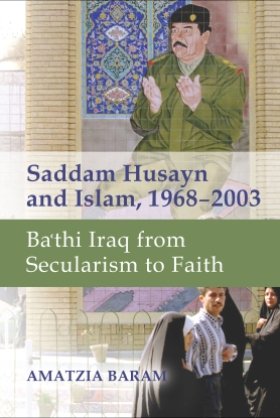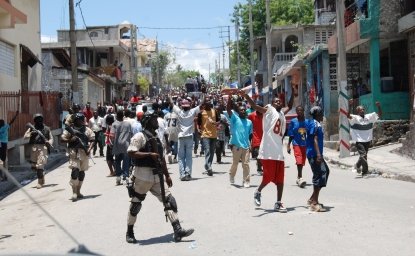Preface
Acknowledgements
List of Abbreviations
Introduction
The Limits of Baʿthi Dictatorship
The Changing Ideology of a Totalitarian Regime
Baʿth Original Secularism and Its Collapse
The Baʿth Conversion and the Arab Spring
Methodology
Interview Sources
A Note on Anglicized Words
1. A Radical Nationalist Movement Is Born
The Historical Setting
A Radical Nationalist Movement Is Born
The Foundation of Party Ideology: The Holy Trinity (Unity, Freedom, Socialism) and Beyond
The Foundation of Party Ideology: Secularism and What Lies Beneath
The Baʿth Genesis, the Shiʿa, and Pan-Arabism
2. The Baʿth in Power, 1968–1980: Fortress Secularism
The Baʿth Ruling Regime between Secularism and Islam
Secularizing the Constitution: The First Two Constitutions of 1968 and 1970
Two Examples of the Treatment of the Forbidden
Women’s Legal Status
Culture and Identity: A Fascination with Pagan Civilizations
The Status of Islamic Studies in School Curricula, Textbooks, and Children’s Magazines
A Whiff of Atheism
Religious Holidays as a Balancing Act
3. The Other Islam: Regime-Shiʿi Relations, 1968–79
The Sunni-Shiʿi Divide: Structural or Intentional?
Shiʿi-Regime Alienation and Saddam’s Rise to Power
The Demographic Foundation of Shiʿi-Regime Alienation
Root Causes of the Baʿth-Shiʿi Estrangement
Regime Strategies for Winning Shiʿi Hearts and Minds
A Shiʿi Counterstrategy: Baqir al-Sadr’s Ecumenical Endeavor
Regime-Shiʿi Confrontations, 1969–79: A Pattern Is Set
Saddam Responds to Religious Shiʿi Riots: Declaring the Shariʿa passer de mode
Medieval Islamic Historiography in Defense of Baʿth Rule, Arabism, and the Sunna
4. The Impact of War, 1980–88
The Islamic Revolution in Iran and the Iraqi Shiʿa, 1979–80
To Fight or Not to Fight? Two Secret Leadership Meetings on the Eve of the Invasion of Iran
The Last Stand of Fortress Secularism: The Ninth Baʿth Party Congress, 1982
Regime-Shiʿi Relations in the War
The Islamization of Rhetoric, 1980–88
Military Symbols in the War
Islamic Institutions in the War
The First Major Breach in the Wall of Fortress Secularism: The July 1986 Secret Meeting of the Pan-Arab Leadership
5. From War to War, 1988–93
The Disintegration of the Soviet Bloc, and Islamization
The Kuwait Crisis and Saddam’s Direct Line to God
The Kuwait Crisis and Saddam as a Mahdi
The March 1991 Shiʿi Revolt
The Aftershocks
6. Saddam’s Faith Campaign, 1993–2003: Imagining Islam and Jumping on Its Bandwagon
Voluntary Islamization and the Devastation of the Middle Class
Launching the Faith Campaign: Qurʾan and Ecumenism
Qurʾan Study and the Party Elite
Nepotism and the Prophet’s Legacy
Limitations on Entertainment and Spirits
Mosques or Butter?
Other Islamic Institutions
The Faith Campaign and Barbaric Penalties
The Treatment of Sunni ʿUlama and Activists
The Shiʿi Shrines, Rituals, and ʿUlama
Regime-Shiʿa Confrontations, 1998–2003
Islamic Education in School Textbooks
A Party Revolt: Is Baghdad Becoming Riyadh?
Islamization and Foreign Policy
7. What Kind of Islam?
The Renewal of Faith: A Quasi-Ecumenical Arab Sunni-Shiʿi Islam
The ʿUlama
Shariʿa “Lite”
Gender Issues: Islamist Inspiration, Baʿthi Practice
Pagan Cultures: No to the Taliban
Sufi Islam in Iraq
The Effect of the Faith Campaign on the Shiʿi and Sunni Communities
Was the Islamic Faith Campaign Antireligious?
Did Saddam Become a Born-Again Muslim?
8. Conclusion and Postscript
Religiosity out of Hardships and the Revealed Power of Islam
Party Dictatorship and Its Limitations
The Effect of the Faith Campaign on Post-Baʿthi Iraq
Appendix: Baʿth Party Membership and Organization
Notes
Glossary
Bibliography
Index




